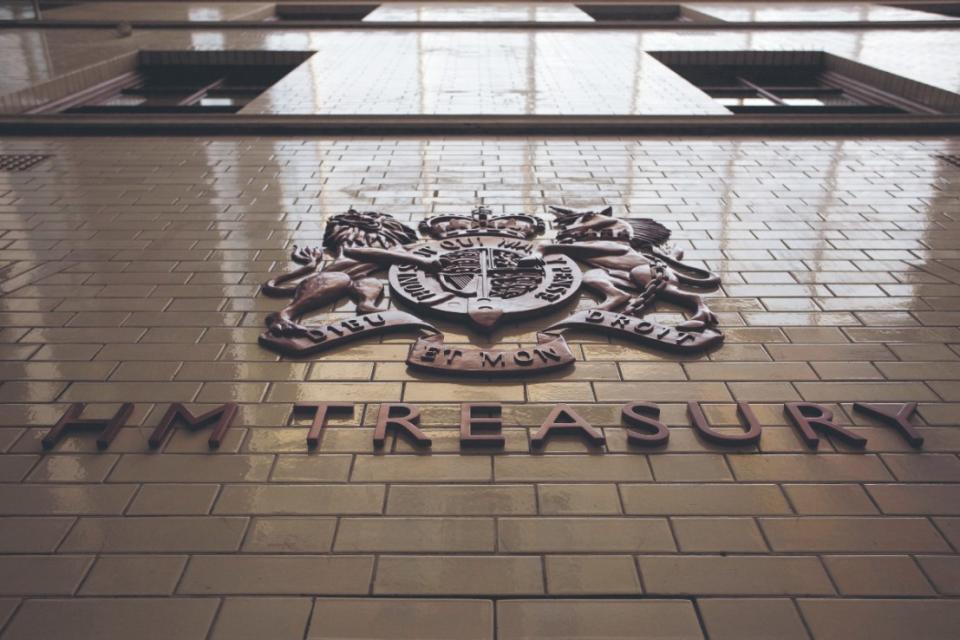Rachel Reeves facing ‘tough choices’ after latest UK borrowing figures

If it was not already clear enough, this morning’s borrowing figures show that Rachel Reeves has a difficult job on her plate as the October Budget slowly draws nearer.
Already this financial year the government has borrowed £4.7bn more than predicted by the Office for Budget Responsibility (OBR) back in March. Public debt stands at its highest level since the early 1960s.
Predictably Darren Jones, chief secretary to the Treasury, said the figures revealed the “dire” inheritance left by the Conservatives.
The Conservatives, for their part, have pointed to the resilience of the economy as a sign that things are nowhere near as bad as Labour claims. After all, the UK was the fastest growing G7 economy in the first half of this year.
However, the borrowing figures reveal that even though the economy has grown surprisingly well, which should help to swell tax receipts, this has not been enough to offset higher government spending.
The government has had to spend more on inflation-linked benefits while offering public sector workers higher wages, pushing up costs for the Treasury.
Isabel Stockton, senior research economist at the Institute for Fiscal Studies (IFS), said “the early signs are that better-than-expected growth figures won’t be enough save Rachel Reeves from tough choices in her first Budget”.
Alex Kerr, UK economist at Capital Economics, said the figures leave the Chancellor with “little wiggle room” ahead of the Budget.
The really bad news is that things are actually even worse than the figures suggest.
For a start, the figures do not take into account the full impact of the public sector pay rises announced by Reeves last month.
Peter Arnold, chief economist at EY UK said that government spending would likely be higher due to “a combination of higher pay increases from public sector pay boards and non-labour cost overruns across a range of government departments”.
Looking into the medium term there are also well known pressures associated with Jeremy Hunt’s spending plans.
These plans imply annual cuts worth 2.3 per cent for unprotected government departments, something which most economists think is unrealistic.
Reeves has signed up to these spending plans in theory, but also ruled out a return to austerity during the election campaign.
Rob Wood, chief UK economist at Pantheon Macroeconomics, said the Labour government will “surely top up those spending plans”.
As long as Labour is signed up to the fiscal rules, this means taxes will have to rise. Analysts at Capital Economics think Reeves will raise an additional £10bn a year through higher taxes.
But Reeves could also tweak the fiscal rules, which could limit the need for tax rises at the stroke of a pen.
Given the dire state of many public services, as well as her pledge to not increase any of the main taxes, a change to the debt rule might be the least politically painful option.